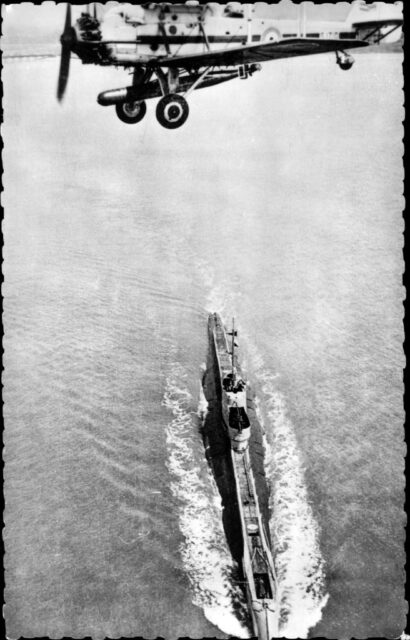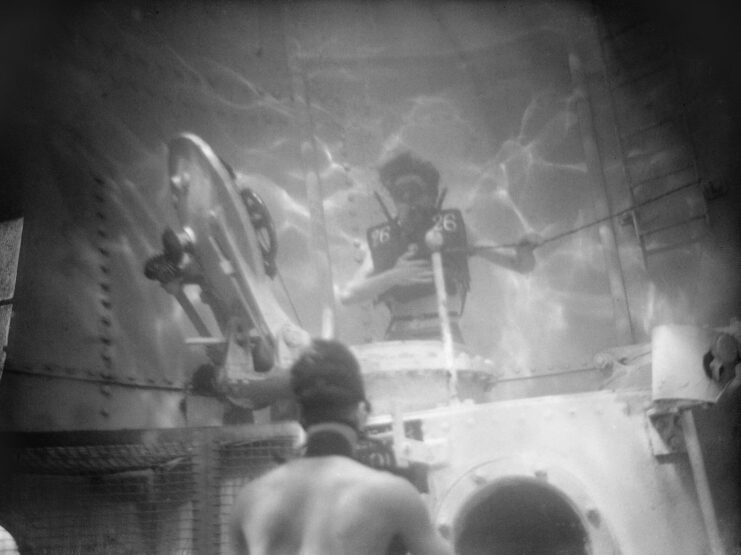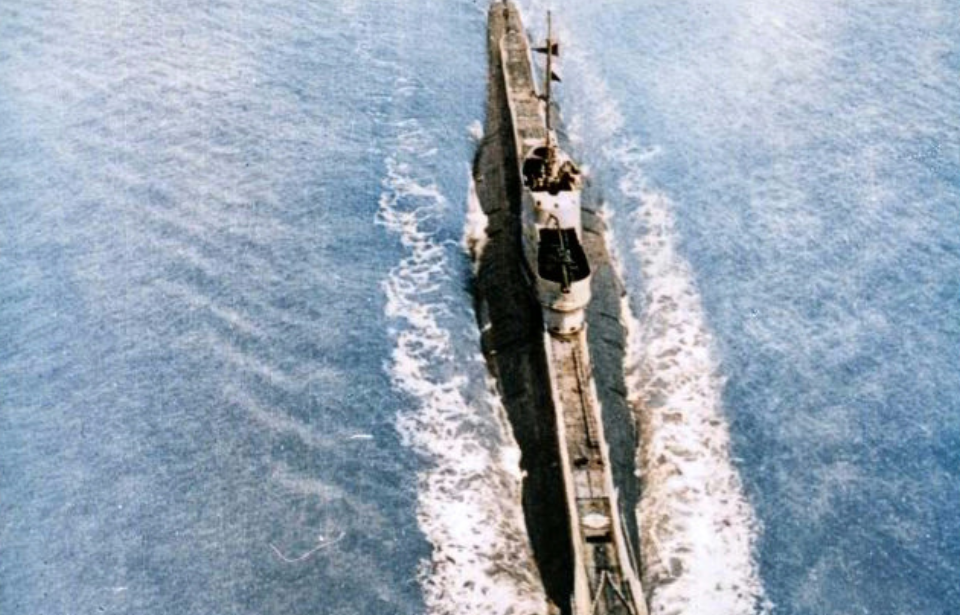In 1931, the British Royal Navy suffered a devastating blow with the sinking of HMS Poseidon (P99), a long-range submarine that had only been in service for two years. The vessel went down after a collision with a Chinese cargo ship. Although the tragedy was reported in the press, it didn’t attract major public attention at the time.
What truly stunned the world came much later—a secret Chinese operation to retrieve the sunken submarine from the sea floor. This covert mission remained undisclosed for decades, only coming to light years afterward and making international headlines once the story broke.
HMS Poseidon (P99) collides with the SS Yuta

On June 9, 1931, HMS Poseidon, a British Parthian-class submarine, was performing surface exercises off the coast of Wēihǎi, China, near a British-controlled naval base. Although the weather was calm and visibility was good, disaster struck when the submarine collided with the Chinese merchant ship SS Yuta, tearing a large hole in the starboard side of the vessel.
The impact caused catastrophic damage, and Poseidon began to sink rapidly, leaving the crew with only moments to respond. Of the 52 men on board, just 31 managed to escape before the submarine plunged more than 100 feet beneath the sea.
In response, the Royal Navy initiated a swift rescue mission, dispatching multiple vessels to the scene, including the aircraft carrier HMS Hermes (95), the heavy cruiser HMS Berwick (65), and Poseidon’s sister submarine, HMS Perseus (N36). Despite their efforts, 21 sailors perished in the accident, marking it as one of the more tragic submarine incidents in Royal Navy history.
Leading to important policy changes

Eight crew members from HMS Poseidon managed to escape using the Davis Submerged Escape Apparatus, an early form of scuba gear. Unfortunately, not all of them survived—two never reached the surface, and another passed away later.
This incident prompted the Royal Navy to rethink its submarine escape procedures. Since some of Poseidon’s crew successfully escaped, the Admiralty decided to change its approach. Instead of instructing crews to remain inside and wait for rescue, they now encouraged immediate escape attempts after a collision. This change was announced in the House of Commons in March 1934.
Additionally, the military began equipping submarines with escape chambers and increased its research into decompression sickness treatment.
China launches a secret salvage mission

After the collision, HMS Poseidon sat undisturbed on the seafloor for decades, drawing little attention or discussion. Then, in 1972, during China’s Cultural Revolution, the country quietly launched a covert mission to recover the wreck. Newly formed underwater recovery teams carried out the operation, keeping it hidden from the outside world, with details only coming to light many years later.
The mission was incredibly complex, requiring careful planning to overcome major logistical and technical hurdles. While China’s exact reasons for raising Poseidon remain uncertain, some theories believe it was part of an effort to build up salvage and recovery skills, while others suggest it may have been aimed at removing a potential navigational hazard.
Keeping the salvage of HMS Poseidon (P99) under wraps

The salvage operation was kept under wraps for decades, and it wasn’t until 2002 that the first hints came out, thanks to an article in the Chinese magazine Modern Ships. This piqued the interest of researchers, leading to further investigations.
The West learned of the mission through Steven Schwankert, an American journalist and diving enthusiast. Schwankert stumbled upon the story during his research and was intrigued by the lack of information out there. His work led him to Hong Kong, where he uncovered the details of the 1972 salvage. He also came across testimony from a man who claimed to have witnessed the vessel being pulled from the ocean.
Schwankert published his six years of research in the book, Poseidon: China’s Secret Salvage of Britain’s Lost Submarine, and the mission was covered in a 2013 documentary, The Poseidon Project.
More from us: The USS Jimmy Carter (SSN-23) is Just One of Three Submarines to Be Named for a Living Person
These revelations sparked renewed interest in Poseidon and her crew, and the British government sought an explanation from China, leading to several diplomatic discussions.
